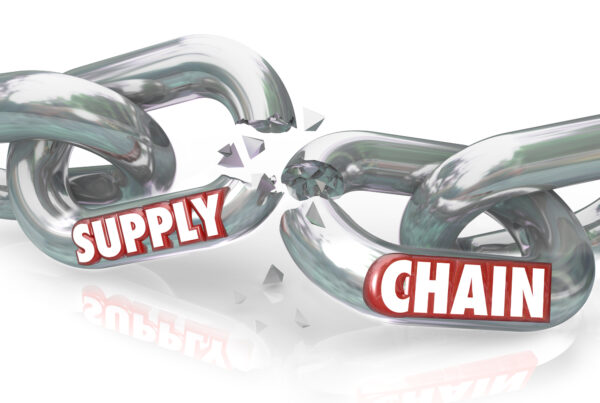Iran Sanctions, Oil Prices And Your Supply Chain
With the lifting of economic sanctions on Iran, there will be yet another supply source in a market where prices are already depressed. While the imbalance of supply and demand is bad news for the oil industry as it’s forced to squeeze costs out of its supply chain, the winners far outnumber the losers. Low prices mean that consumers have more cash in their pockets and industries will enjoy lower energy costs, and make bigger profits, paying more taxes.
The U.N. has already unanimously agreed to lift sanctions against Iran as of July 2015, and once the remaining U.S. and EU sanctions are lifted the impact to oil prices could be immediate, with some analysts saying that prices could drop as low as $20 per barrel.
Iran has the 4th largest oil reserve in the world, and before the U.N., the U.S., and EU countries began imposing sanctions, the country’s economy majorly relied on the sale of indigenous crude oil and related goods. In 2011, before the last round of sanctions essentially prohibited Iran from engaging in international trade, production levels were at four million barrels per day.
With a ban on oil sales to all countries except China, India, Japan, South Korea, Turkey, and Syria, investment in Iran’s oil infrastructure dropped by 85 percent from $40 billion in 2012 to $6 billion in 2014. Despite biting sanctions, economic isolation, and denial of technology and investment capital, the country was still able to produce one million barrels per day for export, and another 1.7 million barrels to meet domestic needs with the surplus going into storage.
Estimations indicate that the current surplus of oil stands at 35 million barrels, an amount that would have an immediate impact on a global market that is already oversupplied by roughly two million barrels per day, driving prices down even further.
The long-term impact of Iran’s return to the market much depends on how quickly they can ramp up production. Bijan Namdar Zangeneh, Iran’s oil minister, claims the country can increase production by one million barrels per day within months of sanctions lifting. However commentators are skeptical this is possible due to the lack of infrastructure investment over the past years. Additionally, the country’s ability to get back up to pre-sanction export volumes could potentially get blocked by OPEC, of which Iran is a member. Nevertheless, Iran’s return will prevent the world’s excess supply of crude oil from being reduced so prices will fall.
A few years ago, rising oil prices were a key concern forcing companies to look for new ways to manage their supply chains using strategies like inshoring, maintaining more inventory, flexible manufacturing, and more push with less pull. It is incredibly challenging to turn around a strategy that requires building plants, hiring workers, and creating a logistics infrastructure, only to have to replace it with a new one every few years. Having the capability in place to analyze the impact of commodity price changes on a company’s supply chain and act on it, will allow companies to take advantage of the current situation in a way that’s best in line with their supply chain strategies.
Ask us how our big data and predictive analytics can help you take advantage of this situation, and optimize future decisions. Request a demo!


/iran-oil-statstics.png)


